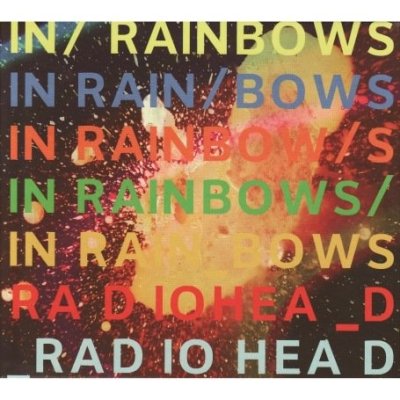When Radiohead dropped the curtain on their “name your own price” experiment, many media commentators and music industry execs were quick to pronounce it a failure. For those who aren’t Radiohead fans, or indeed, never heard about it, the experiment involved the band making available their latest album, “In Rainbows” available as a download from their web site. Fans were asked to specify the price they were prepared to pay to get the album – a price from nothing up to whatever the individual felt it was worth.
According to a report by research company comScore – disputed by Radiohead themselves, but in the absence of official figures, comScore are sticking to their guns – less than 40% of people who downloaded the album actually paid for it; most – over 60% – chose the to take it for free. Of those who did pay for it, the bulk opted to pay less than USD $4, although there were reports of some overzealous (or overgenerous?) fans donating up to $1000 to the Radiohead cause. But this was the exception rather than the rule and the fact that the majority of users choose to download it for free was the cause of the negative publicity.
Radiohead of course operate in the music industry, so what does this experiment mean for independent filmmakers looking for alternative distribution channels for their work? It tells us a great deal about how (and how not) to approach selling directly to your audience.
Radiohead obviously has a significant head-start in the self-distribution game, namely that their former record company, EMI, invested millions in building awareness of Radiohead as a brand – a foundation that the band can now exploit for free without further obligation to EMI. That aside, perhaps the most important lesson from the experiment is that the market values media a lot less than the companies which produce it do.
In the world of ubiquitous BitTorrent trackers, disposable digital downloads, and exponentially increasing options for how to spend one’s leisure time, the end consumer places a lot less value on their media than the previous generation did. This is not to say that the market considers content worthless, rather that the price points at which the film, television, and music industries offer their products is out of step with what the customer is prepared to pay.
Although only 40% of people chose to pay for “In Rainbows”, that is still a significant percentage of people who placed some value on the content. Of the remaining 60%, it is quite probable that a significant number of those people would have also been prepared to pay something for the download had a completely free option not existed. It’s virtually impossible to compete with completely free, but if Radiohead had set the price at, say $4, it’s likely that their overall revenue would have been even higher. Not that they won’t have done well out of the 40% as it is!
The lesson here is that there is a price point for media at which the purchase decision becomes a no-brainer for most consumers. Sure, there will always be a small hardcore who hold an unrealistic and anarchistic belief that all media should be completely free, but that’s a small number indeed. A key strategy for independent filmmakers – and indeed major content producers as well – is to find this pricing “sweet spot” where it is simply easier to pay for content than it is to expend the effort trying to locate a free version. The profit margins may be lower on a per unit basis, but the increased volume of sales (and considerably lower distribution costs) should more than make up for that.
So the moral of the story? Don’t give away your content for free, but also don’t price yourself out of the market. Instead, price your content at a point where paying for it is a no-brainer for the bulk of your audience and you’re on your way to earning a living out of your filmmaking efforts.






